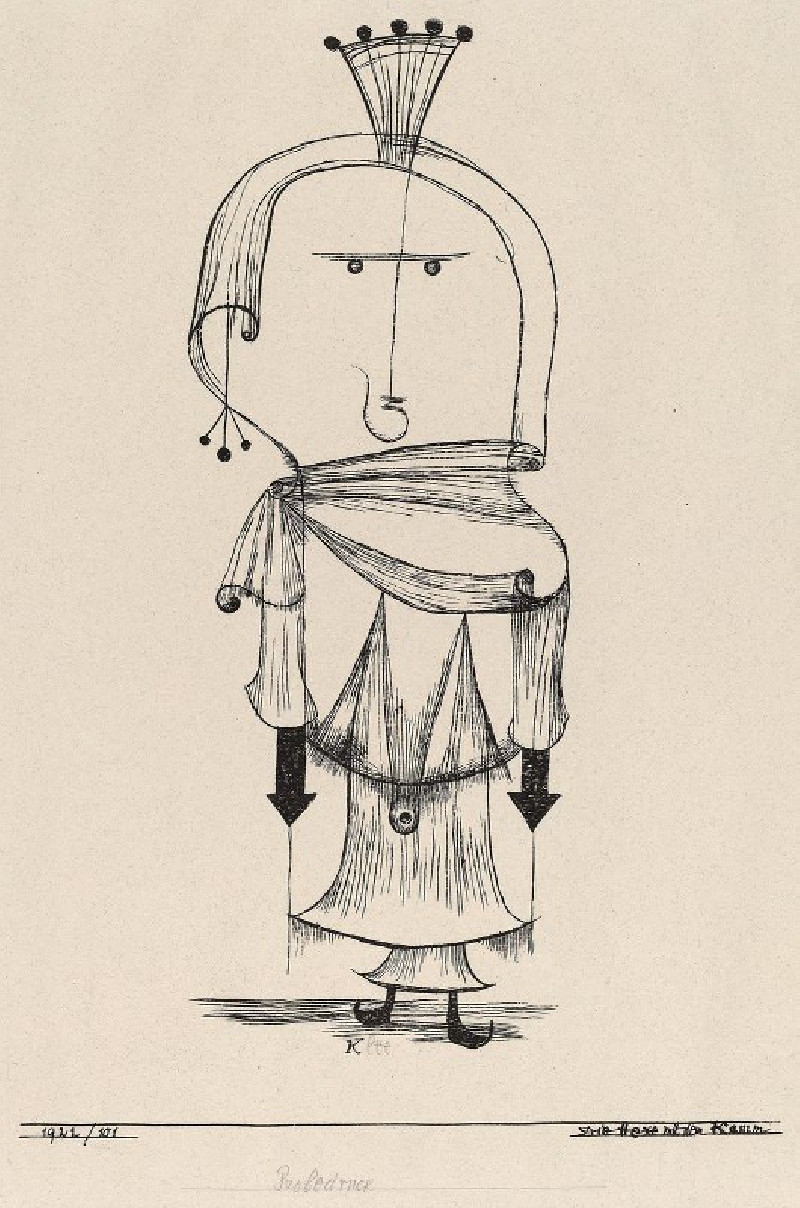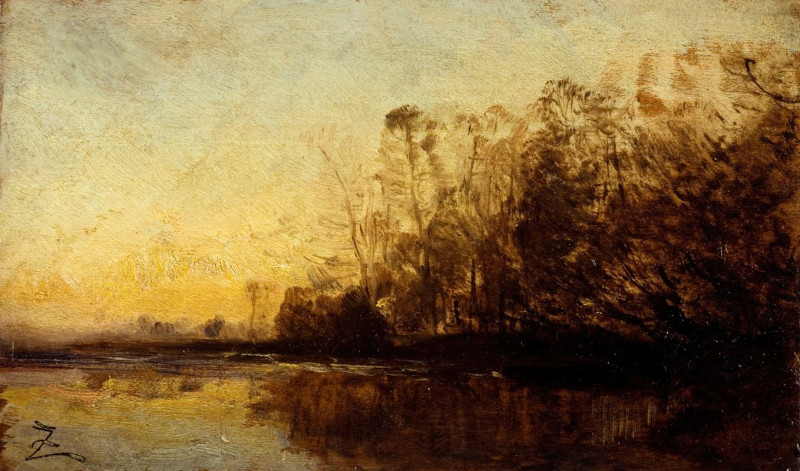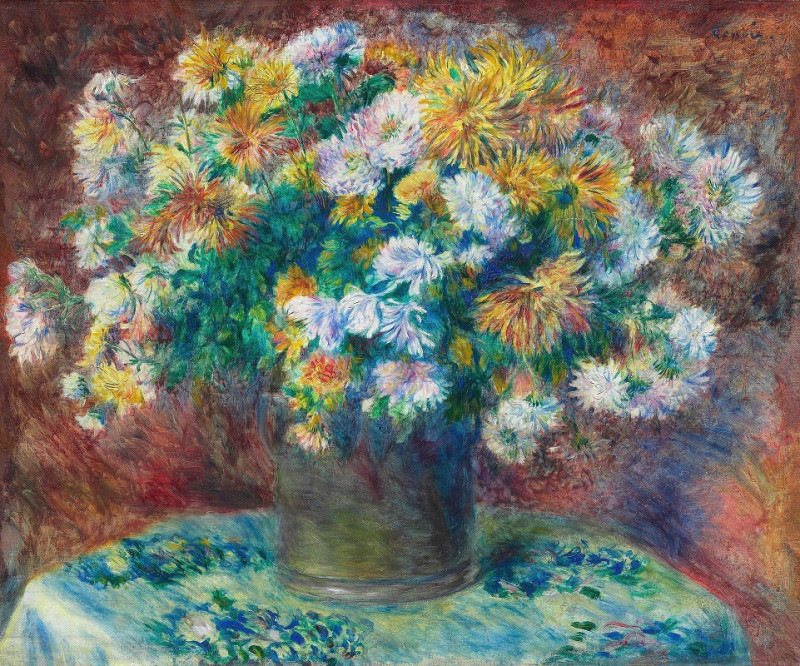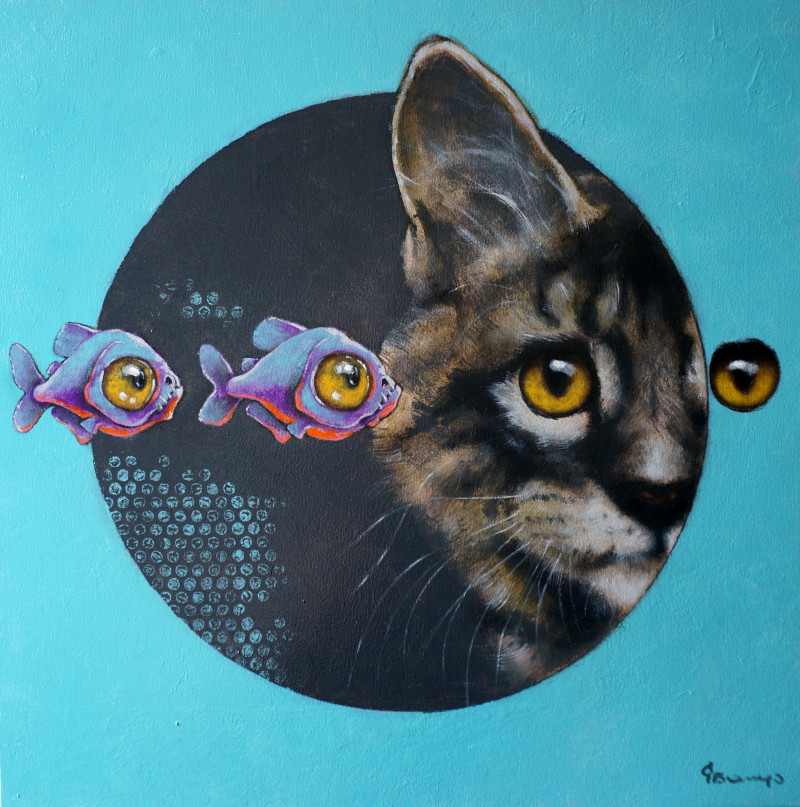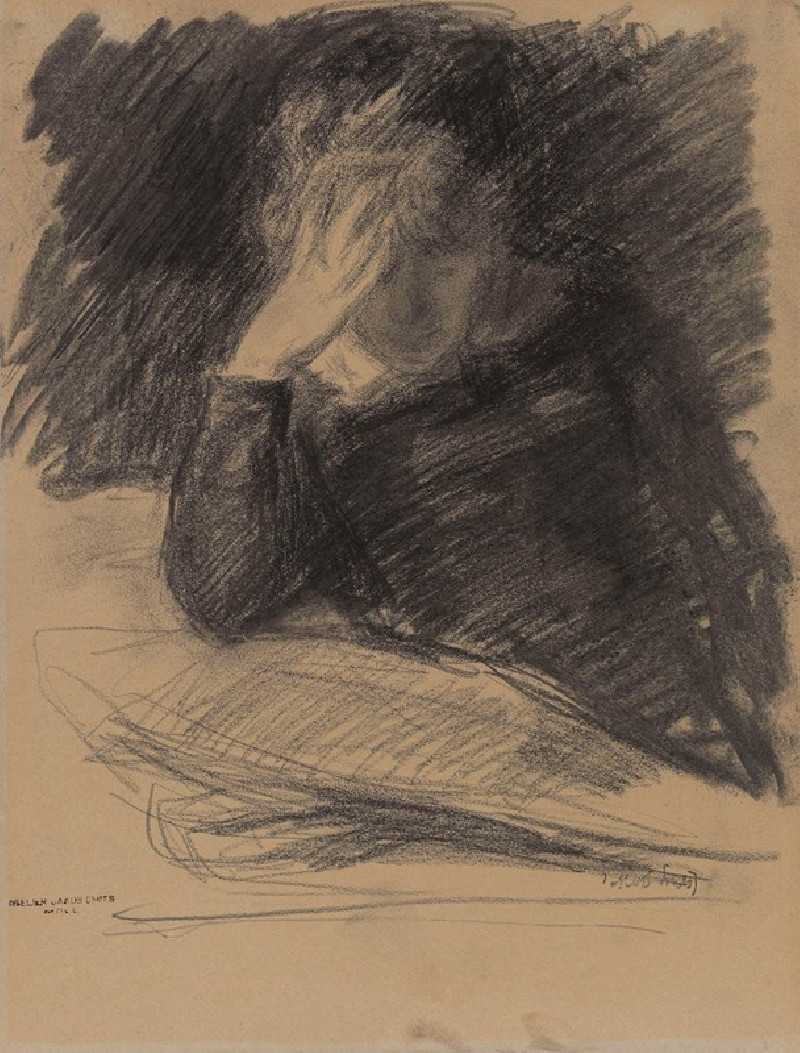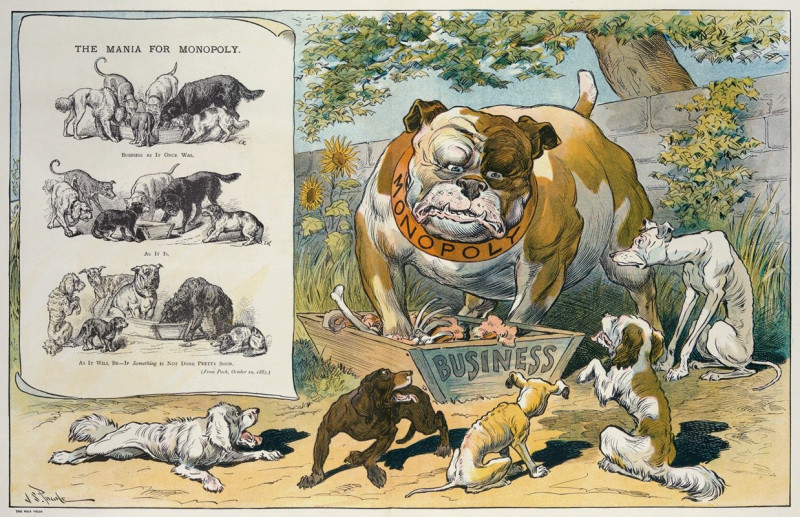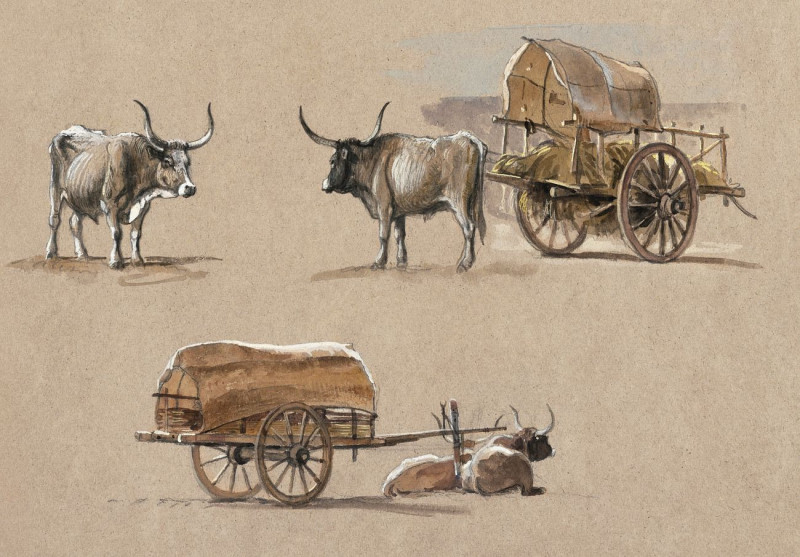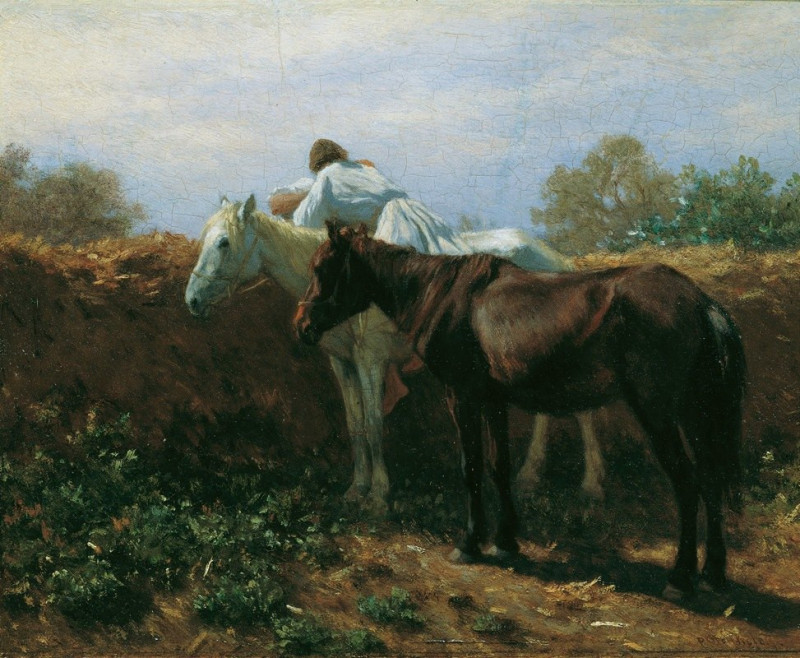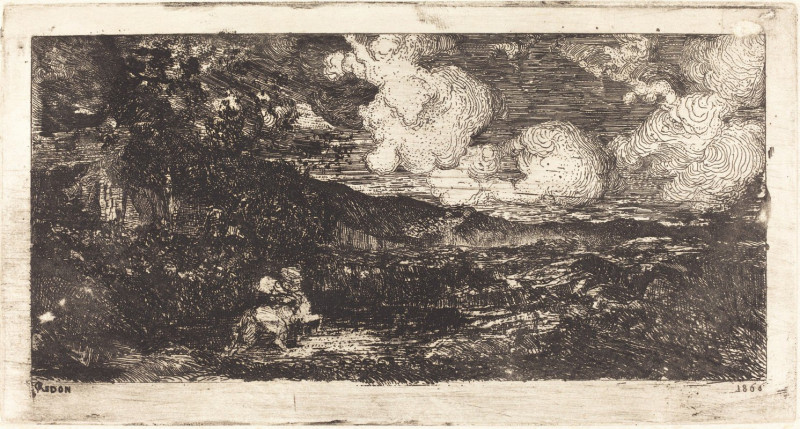Die Hexe mit dem Kamm (Witch with a Comb) (1922)
Technique: Giclée quality print
Recommended by our customers
More about this artwork
Paul Klee's "Die Hexe mit dem Kamm" (1922) delves into the surreal and symbolic, presenting a stylized figure that transcends usual visual interpretations. This pen and ink creation captures the essence of Klee's innovative approach to art, marked by his exploration of the abstract and the avant-garde.In this artwork, the figure of the witch is distilled into geometric shapes and delicate lines that suggest both form and demeanor. The central character, a witch, is portrayed not with traditional menacing traits, but with an ambiguous, almost contemplative expression. Her face, outlined with simple lines, features three horizontal lines for eyes and a downturned line for a mouth, emphasizing minimalism and abstraction. Atop her head sits an adorned comb, giving the title its literal presence and perhaps symbolizing her power or status.The body of the witch is fashioned from overlapping shapes, resembling robes that flow and converge in a rhythmic pattern. These shapes are accented by darker, pointed arrows that seem to direct the viewer’s attention downwards towards her feet, which end in a whimsical, almost playful stance.Paul Klee's mastery in blending simplicity with depth invites viewers to look beyond the surface and engage with the symbolic elements he so intricately weaves into "Die Hexe mit dem Kamm.
Delivery
Returns
Paul Klee was a Swiss-born German artist. His highly individual style was influenced by movements in art that included expressionism, cubism, and surrealism. Klee was a natural draftsman who experimented with and eventually deeply explored color theory, writing about it extensively; his lectures Writings on Form and Design Theory (Schriften zur Form und Gestaltungslehre), published in English as the Paul Klee Notebooks, are held to be as important for modern art as Leonardo da Vinci's A Treatise on Painting for the Renaissance.

